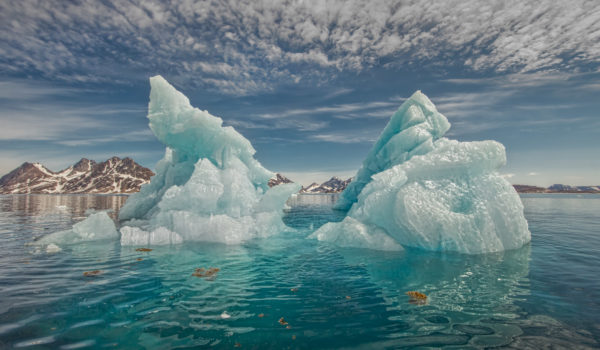Russia builds hardware and software system that can track iceberg formation

Russian scientists have developed seven hardware and software systems that are capable of tracking and predicting the formation and movement of icebergs and drifting ice as well as climatic and atmospheric changes and also mapping pollution in the Arctic, the TASS news agency reports citing Alexander Danilov, the Deputy Director of the Arctic and Antarctic Scientific Research Institute of the Russian Federal Service for Hydrometeorology and Environmental Monitoring and curator of the project.
“Using RUB 232 million in subsidies from the Ministry of Education and Science, seven hardware and software systems were built over three years, six of which can be put into operation right now. They are capable of processing information received from satellites”, he said.
Two of the systems are designed to track seismic events: the systems will be used in the Arctic to detect chunks breaking off from coastal glaciers, which result in the formation of icebergs. One of the systems was built by the Kola branch of the Geophysical Service of the Russian Academy of Sciences and the second by the Institute of the Industrial Ecology Problems of the North.
Two systems built in cooperation with the Russian State Hydrometeorological University are capable of tracking and predicting climatic and atmospheric events. Another two systems can track and forecast the movement of drifting ice and icebergs.
The seventh system, which was built by Northern Arctic Federal University (NArFU, Arkhangelsk), can map pollution in the Arctic into four groups of eco-toxins (poisons released by microorganisms to the environment). The system consists of an interactive map on which isolated pollution as well as groups of pollution will be plotted. There are no other developments of this kind in the world.

